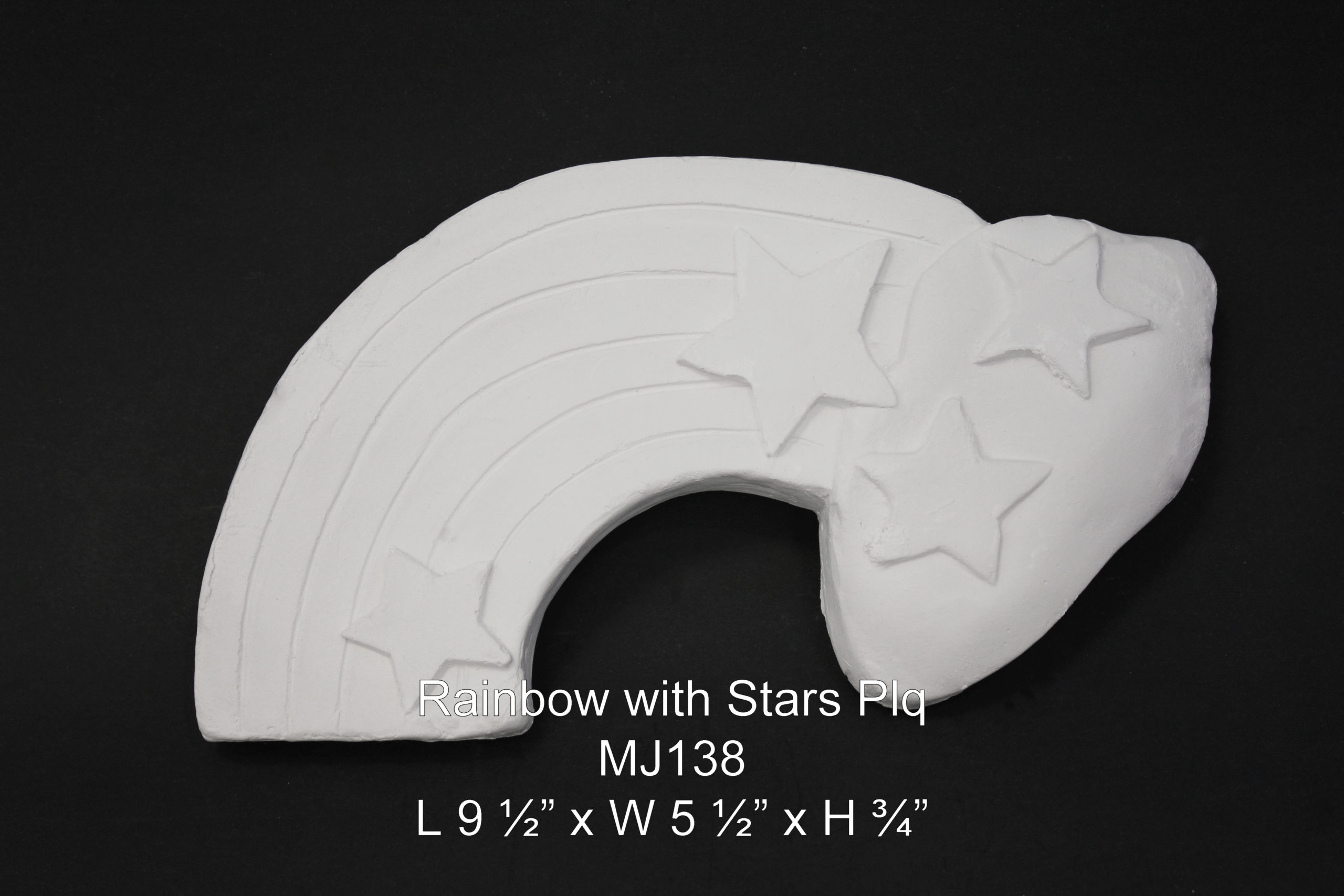

Clay continued in use long after the adoption of laths and brick filling for the frame." Where lime was not easily accessible it was rationed and usually substituted with clay as a binder. Settlers in the American colonies used clay plaster on the interiors of their houses: "Interior plastering in the form of clay antedated even the building of houses of frame, and must have been visible in the inside of wattle filling in those earliest frame houses in which … wainscot had not been indulged. In the ancient world, as well as the sort of ornamental designs in plaster relief that are still used, plaster was also widely used to create large figurative reliefs for walls, though few of these have survived.įurther information: Earthen plaster Applying mud plaster to an outside wallĬlay plaster is a mixture of clay, sand and water often with the addition of plant fibers for tensile strength over wood lath.Ĭlay plaster has been used around the world at least since antiquity. In art, lime plaster is the traditional matrix for fresco painting the pigments are applied to a thin wet top layer of plaster and fuse with it so that the painting is actually in coloured plaster. Various types of models and moulds are made with plaster. In dentistry, plaster is used to make dental models by pouring the material into dental impressions. In medicine, plaster orthopedic casts are still often used for supporting set broken bones. Plaster is suitable for finishing rather than load-bearing, and when thickly applied for decoration may require a hidden supporting framework.įorms of plaster have several other uses. Plaster can be relatively easily worked with metal tools and sandpaper and can be moulded, either on site or in advance, and worked pieces can be put in place with adhesive. The reaction with water liberates heat through crystallization and the hydrated plaster then hardens. The plaster is manufactured as a dry powder and is mixed with water to form a stiff but workable paste immediately before it is applied to the surface. The most common types of plaster mainly contain either gypsum, lime, or cement, but all work in a similar way. The term stucco refers to plasterwork that is worked in some way to produce relief decoration, rather than flat surfaces. In English, "plaster" usually means a material used for the interiors of buildings, while "render" commonly refers to external applications. Plaster is a building material used for the protective or decorative coating of walls and ceilings and for moulding and casting decorative elements. A plaster low-relief decorative frieze is above it. Stucco (plaster) reliefs such as this work at the Chateau de Fontainebleau were hugely influential in Northern Mannerism. For other uses, see Plaster (disambiguation).

If this data is unavailable or inaccurate and you own or represent this business, click here for more information on how you may be able to correct it.This article is about the type of building material and "Plaster of Paris". VIEW ADDITIONAL DATA Select from over 115 networks below to view available data about this business.


 0 kommentar(er)
0 kommentar(er)
